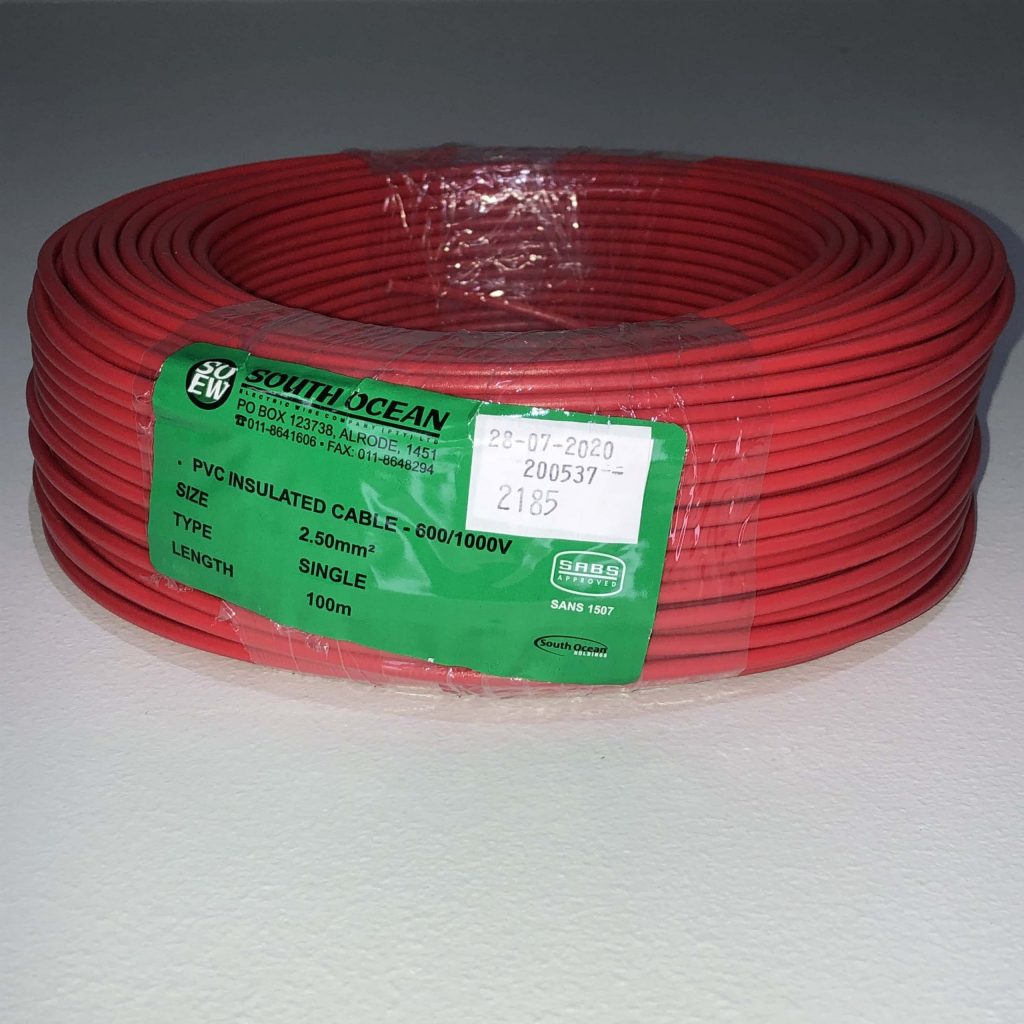Unveiling the Mystery: Which Wire Can Carry a Higher Current?

In the realm of electrical engineering, the ability of a wire to carry a higher current is a crucial consideration in various applications. The choice of wire depends on several factors, including the material, gauge, and insulation. In this article, we will delve into the intricacies of wire conductivity and explore the key factors that determine which wire can carry a higher current.
Conductivity of Materials
The ability of a wire to carry current is fundamentally influenced by the conductivity of the material from which it is made. Copper and aluminum are the two most commonly used materials for electrical wiring. Copper, known for its exceptional conductivity, is often preferred for applications requiring high current-carrying capacity. However, aluminum, while less conductive than copper, is frequently utilized in power transmission lines due to its lighter weight and lower cost.
Gauge and Current-Carrying Capacity
The gauge, or thickness, of a wire also plays a pivotal role in determining its current-carrying capacity. In general, thicker wires have lower electrical resistance and can carry higher currents without overheating. The American Wire Gauge (AWG) system is commonly used to standardize wire sizes, with lower gauge numbers representing thicker wires. When selecting a wire for high-current applications, it is imperative to choose a gauge that aligns with the anticipated current load to ensure safe and efficient operation.
Insulation and Temperature Considerations
The insulation surrounding a wire serves as a protective barrier and influences its ability to carry current. In high-current scenarios, the insulation must be capable of withstanding elevated temperatures to prevent degradation and ensure electrical safety. Additionally, the ambient temperature of the environment in which the wire will be used must be taken into account, as higher temperatures can reduce a wire's current-carrying capacity.
Factors Affecting Wire Selection
When determining which wire can carry a higher current, engineers must consider a multitude of factors. These include the specific application, voltage drop considerations, environmental conditions, and regulatory standards. For instance, in automotive applications, where space and weight are critical, engineers may opt for aluminum wiring despite its lower conductivity.
Conclusion
In conclusion, the ability of a wire to carry a higher current is contingent upon a combination of factors, including the material's conductivity, wire gauge, insulation, and environmental considerations. By carefully evaluating these factors, engineers can select the most suitable wire for a given application, ensuring optimal performance and safety.






